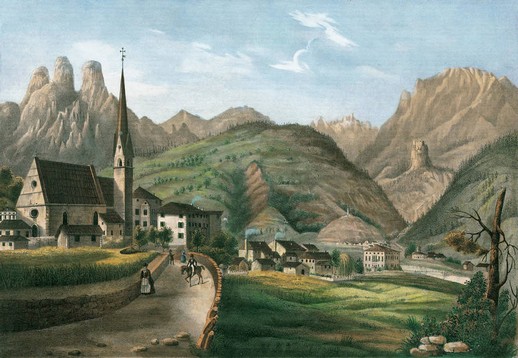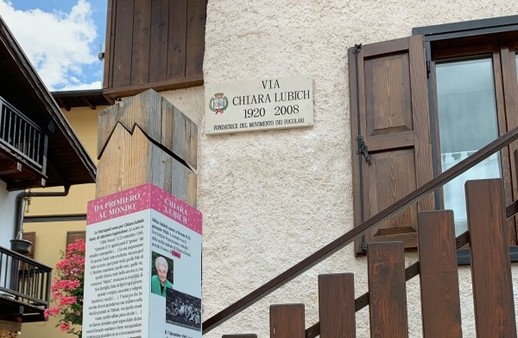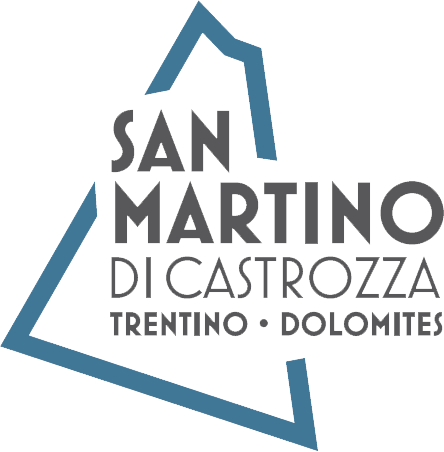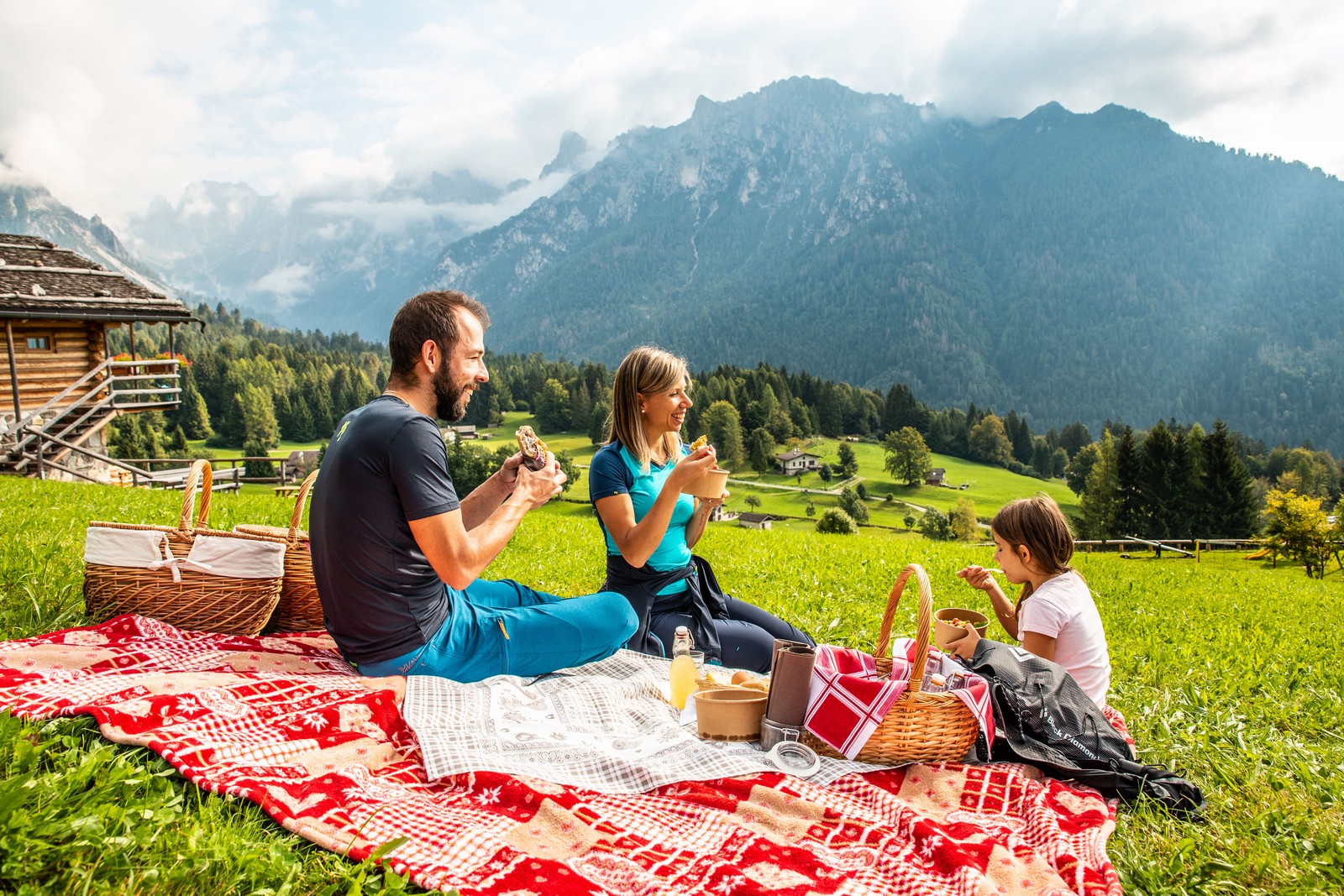The History of the Primiero Valley

Among charming views, ancient paintings, churches, and historical buildings, you can take a journey through time and step into the shoes of the characters who lived in these places in the past: from the travellers who were welcomed by the Benedictine monks in the ancient Hospice dedicated to Saints Martino and Giuliano, to the first explorers who in the mid-19th century were enchanted by the charm of these Dolomite peaks, from the scions of the Central European bourgeoisie who loved to stay in the most exclusive hotels of San Martino di Castrozza, to the illustrious guests of this alpine citadel, such as Schnitzler, Freud, the King of Belgium, and Dino Buzzati.
At Fiera di Primiero, leaving the ‘contrada’ (district), with its colourful buildings, you can reach the Archpriest Church and the ancient Palazzo delle Miniere and breathe the atmosphere linked to the mining era. Between the 15th and 16th centuries here you could have met the Bergknappen, industrious miners who came from Tyrol and the Germanic world to extract the abundant precious metals throughout the valley, while a few centuries later you would probably have come across a young Luigi Negrelli, originally from Primiero and famous all over the world for having designed the Suez Canal.
Have we intrigued you? Join us on this journey through history!
Brief historical overview of San Martino di Castrozza

The name Castrozza is thought to derive from castrum, a Roman military outpost on a secondary road (the Via Claudia Augusta ran about 50 km from here) which served as a support base for the armies engaged in conquering the Alpine territories.
Later a spontaneous religious community, adopting a Benedictine-type order, established a Hospice in the area. Documents attest that the Hospice of Castrozza was established to assist and give hospitality to pilgrims, wayfarers and traders who from the early Middle Ages often needed to embark on the difficult challenge of crossing the Alps. The monks disappeared mysteriously from the area in the mid-fifteenth century and the monastery was replaced by a simple benefice with no obligation to look after souls, but which continued to give hospitality to wayfarers.
A new era started for San Martino di Castrozza around the mid-nineteenth century: English explorers, inspired by a romantic and decadent spirit driving them to face long and adventurous tours of the uncharted Dolomites, "discovered" the Pale di San Martino. The mountains first sparked the ambitions and interests of hiking enthusiasts, geologists and botanists. Later, intrepid mountain climbers, in this case not only British, faced the towering dolomitic pinnacles. Some names: Francis Fox Tuckett, John Ball, Leslie Stephen, Edward Whitwell, Theodor von Wundt, and last but not least the ladies, Mrs. Imminck and Mrs. Thomasson.
To accomplish these historic ascents, the climbers were helped by local hunters or shepherds. As time went by, these stalwart escorts became excellent and sought-after professional guides, the legendary Aquile di San Martino (San Martino Eagles). Before long, the Hospice inn was inappropriate to give adequate hospitality to these first explorers and mountain climbers; thus, the first hotels were built by local and foreign entrepreneurs. Shortly, San Martino di Castrozza became a first-class resort on the international tourist scene. Burnt down during the First World War by the retreating Austrian troops, San Martino, with its glamorous hotels, by now an Italian town, rose back to its previous renown after the First World War. In the 1920s, the resort’s tourist offer was completed by the rise of winter tourist facilities.
Links: www.castrozza.eu
ILLUSTRIOUS MOUNTAINEERS

THE HISTORY OF PRIMIERO



















